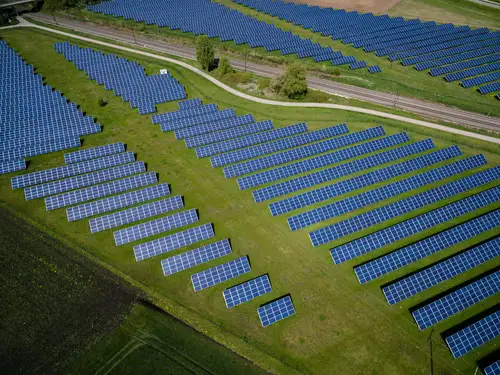The European Union set in motion the first phase of a new cross-border emissions tax scheme, as it moves toward implementing planned import taxes on steel, aluminum, cement and fertilizers, and attempts to establish itself a a climate-neutral region.
In the first phase of the new plan, which will last until 2026, the EU Commission will not collect any duties at the border, but will rather simply collect data on carbon-intensive imports.
Presently EU importers are now required to report the amount of greenhouse gas emissions required for the production of imported iron, steel, aluminum, cement, electricity, fertilizers and hydrogen.
Beginning on January 1st, 2026, importers in the EU will need to buy certificates which will cover the CO2 emissions of the products they import. That will increase the final price of items which are imported into the EU, which will reduce the competitiveness of imported products relative to goods manufactured domestically.
Called the Carbon Border Adjustment Mechanism, the new system is designed to prevent the green transition from being disrupted by the inclusion of more polluting products into the EU economy. In addition, the new measure will be likely to offer protection to local producers in the competition against imported products from foreign competitors, as they attempt to meet the new EU targets, which aim to reduce the bloc’s total emissions by 55% compared to 1990 levels, by the year 2030.
According to Paolo Gentiloni, the European Economy Commissioner, the objective of the new measure is also to encourage a global transition to greener manufacturing and discourage EU producers from moving their production to nations with less strict environmental regulatory systems.
Already, however the new regulations are running into resistance from the major trading partners of the bloc, who claim they are undermining free trade. It has also created new tensions between the EU and Washington, DC, which has asked that US steel be exempted from the tax.

